Salvia sonomensis in San Diego Co., Calif.
ccroulet
15 years ago
Related Stories
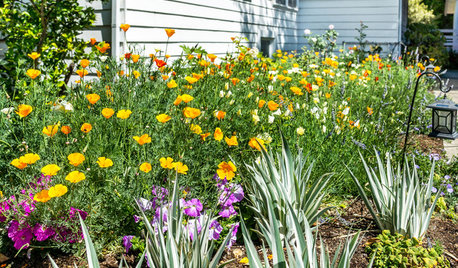
LANDSCAPE DESIGN10 Ideas for a Creative, Water-Conscious Yard
Check out these tips for a great-looking outdoor area that needs less water
Full Story
GARDENING FOR BUTTERFLIESBe a Butterfly Savior — Garden for the Monarchs
Keep hope, beauty and kindness alive in the landscape by providing a refuge for these threatened enchanters
Full Story
PETSHouzz Call: Show Us Your Summer-Loving Dog!
Share a photo of your pooch kicking back in the backyard, helping you in the workshop or enjoying your favorite summer getaway
Full Story
DECORATING GUIDESA Mobile Home Gets a Bohemian-Chic Makeover
Designer infuses world traveler’s guesthouse with tribal textiles, Moroccan tiles and kilim rugs
Full Story
SAVING WATER11 Ways to Save Water at Home
Whether you live in a drought-stricken area or just want to help preserve a precious resource, here are things you can do to use less water
Full Story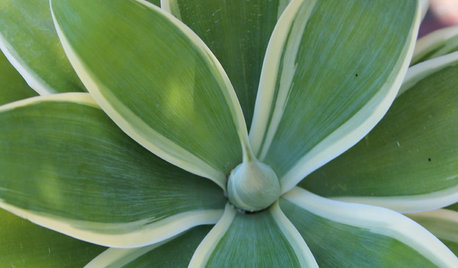
CALIFORNIA GARDENINGCalifornia Gardener's April Checklist
Outsmart droughts with water-savvy plants and sustainable approaches that suit the landscape
Full Story
PETSGood Dog! Cute Pooches at Home
The dogs of Houzz take you on a tour of their homes and show you where they lounge, eat, play, bathe and nap
Full Story





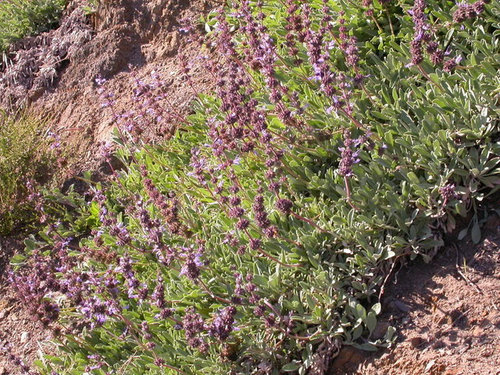

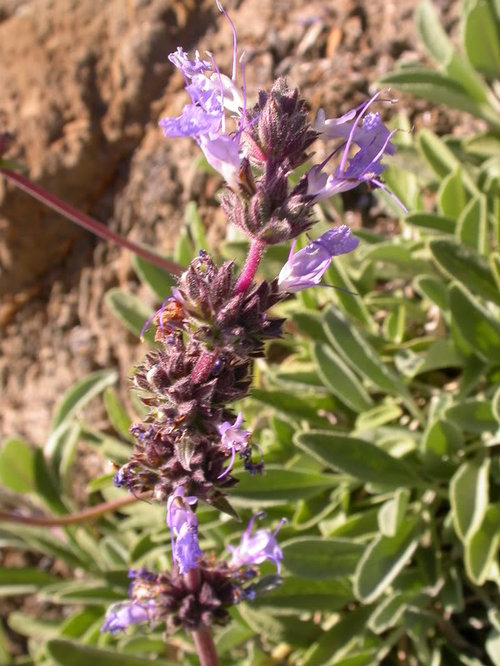
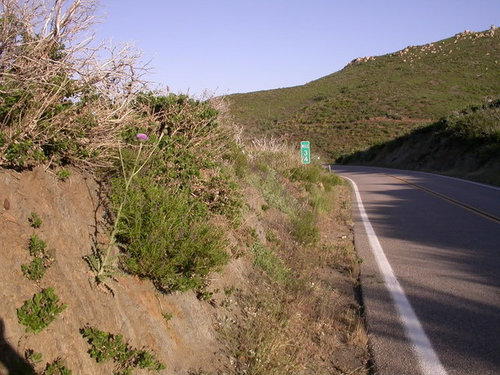
rich_dufresne
ccrouletOriginal Author
Related Professionals
Saint Charles Landscape Architects & Landscape Designers · Peabody Landscape Contractors · Avocado Heights Landscape Contractors · Clark Landscape Contractors · Hilo Landscape Contractors · Middletown Landscape Contractors · Shirley Landscape Contractors · Southbury Landscape Contractors · Tamarac Landscape Contractors · Yuba City Landscape Contractors · Hueytown Landscape Contractors · Delaware County Siding & Exteriors · Cherry Hill Siding & Exteriors · Layton Siding & Exteriors · Woodbridge Siding & Exteriorshybridsage
ccrouletOriginal Author
hybridsage
ccrouletOriginal Author
hybridsage
ccrouletOriginal Author
lorna-organic
ccrouletOriginal Author
lorna-organic
ladyslppr
lostlandscape
ccrouletOriginal Author